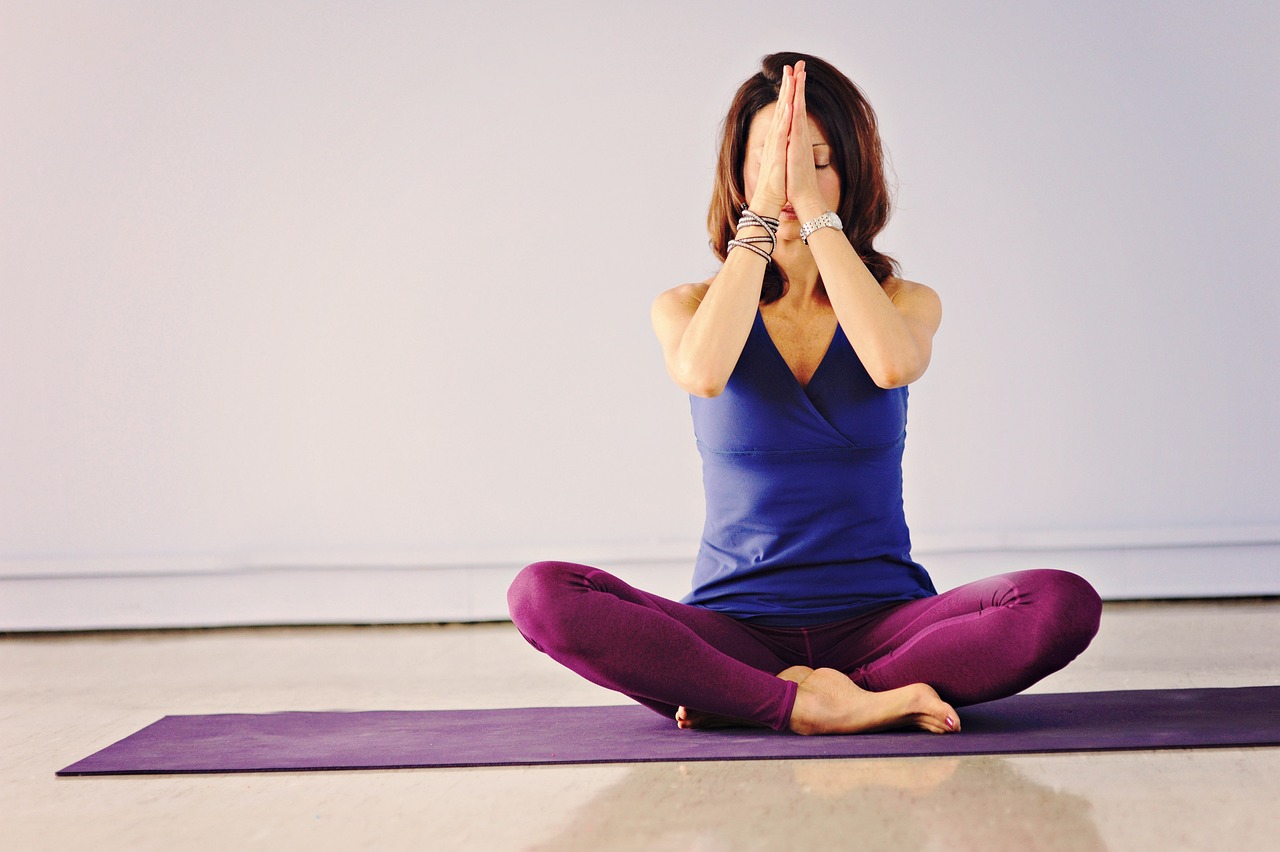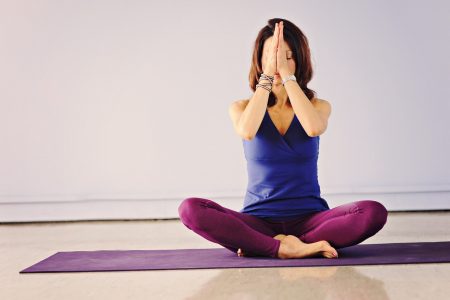
In a world that is constantly on the move, it’s easy to forget the importance of slowing down and finding balance. This is where Yin Yoga comes in, a practice that has gained popularity in recent years for its ability to help individuals find stillness and calmness in their busy lives. But where did this practice originate? What are the ancient principles that form the foundation of Yin Yoga? In this article, we will delve into the roots of Yin Yoga and explore the ancient principles that have been passed down through generations. Join us on a journey of discovery as we uncover the secrets of this ancient practice and learn how it can benefit our modern lives.
1. Tracing the Origins of Yin Yoga: A Journey Through Time
Yin Yoga is a practice that has been around for centuries, but its origins are shrouded in mystery. Some believe that it was developed in China during the Taoist era, while others think that it was created in India by the yogis. Regardless of its origins, Yin Yoga has become increasingly popular in recent years, with many people turning to this practice as a way to find balance and peace in their lives.
One of the defining characteristics of Yin Yoga is its focus on holding poses for an extended period of time. This allows practitioners to access deeper layers of connective tissue and release tension in the body. Yin Yoga is also known for its emphasis on mindfulness and meditation, which can help to calm the mind and reduce stress. Whether you are a seasoned yogi or a beginner, Yin Yoga is a practice that can benefit anyone who is looking to improve their physical and mental well-being.
2. Unveiling the Ancient Principles of Yin Yoga: A Path to Inner Harmony
Yin Yoga is a practice that has been around for centuries, but it has only recently gained popularity in the Western world. This style of yoga is based on the principles of Yin and Yang, which are the two opposing forces that make up the universe. Yin is the feminine, passive, and receptive force, while Yang is the masculine, active, and assertive force. In Yin Yoga, the focus is on the Yin aspect, which involves holding poses for an extended period of time to stretch the connective tissues and increase flexibility.
The practice of Yin Yoga is a path to inner harmony, as it helps to balance the Yin and Yang energies within the body. By holding poses for several minutes, the practitioner is able to access deeper layers of the body and release tension and stress. This practice is particularly beneficial for those who lead busy and stressful lives, as it provides a space for relaxation and introspection. In addition, Yin Yoga can help to improve circulation, reduce inflammation, and increase joint mobility. Overall, this ancient practice offers a unique and transformative experience for those who are seeking a deeper connection with themselves and the world around them.
3. Rediscovering the Roots of Yin Yoga: A Bridge Between the Past and Present
Yin Yoga is a practice that has been around for centuries, but in recent years it has gained popularity in the Western world. However, many practitioners are unaware of the rich history and philosophy behind this ancient practice. By rediscovering the roots of Yin Yoga, we can bridge the gap between the past and present, and deepen our understanding and appreciation of this transformative practice.
One of the key principles of Yin Yoga is the concept of Yin and Yang, which represents the complementary and interconnected nature of all things. In Yin Yoga, we focus on the Yin aspect, which is associated with stillness, introspection, and surrender. By holding poses for longer periods of time, we can access the deeper layers of our body and mind, and cultivate a sense of inner peace and harmony. This practice is rooted in Taoist philosophy, which emphasizes the importance of balance and harmony in all aspects of life. By embracing the wisdom of the past, we can bring more balance and harmony into our modern lives.
- Benefits of Yin Yoga: Improved flexibility, reduced stress and anxiety, increased mindfulness, improved circulation, and enhanced emotional well-being.
- Key principles of Yin Yoga: Yin and Yang, stillness, introspection, and surrender.
- Philosophical roots of Yin Yoga: Taoist philosophy, which emphasizes balance and harmony in all aspects of life.
By rediscovering the roots of Yin Yoga, we can deepen our practice and connect with the wisdom of the past. Whether you are a seasoned practitioner or new to the practice, taking the time to explore the history and philosophy behind Yin Yoga can enhance your understanding and appreciation of this transformative practice. So take a moment to pause, breathe, and connect with the ancient wisdom of Yin Yoga. As we delve deeper into the ancient principles of Yin Yoga, we begin to understand the true essence of this practice. The roots of Yin Yoga are grounded in the wisdom of the Taoist philosophy, which emphasizes the importance of balance and harmony in all aspects of life. By embracing the principles of Yin Yoga, we can cultivate a deeper sense of awareness, compassion, and connection with ourselves and the world around us. So, let us continue to explore the rich history and philosophy of Yin Yoga, and discover the transformative power of this ancient practice.
